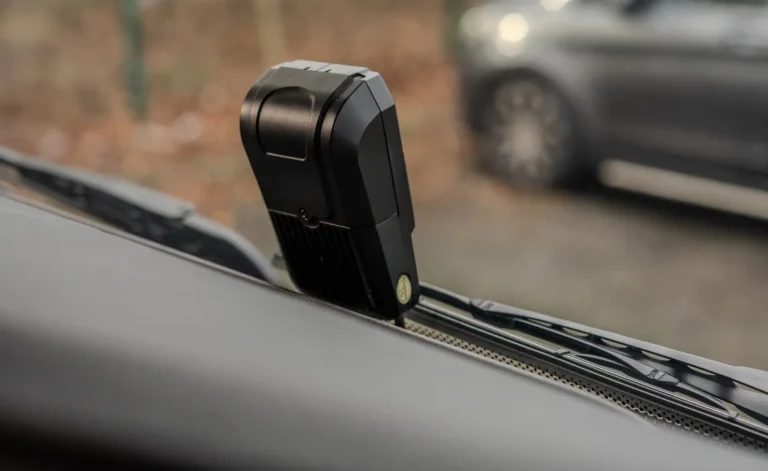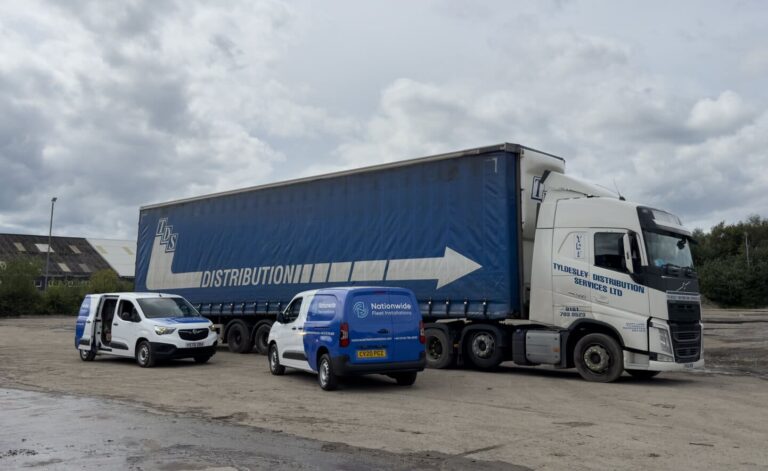Decoding Telematics Connections

In our previous article, we discussed two of the most common abbreviations you might encounter in the fleet management and telematics industries – those being DVS and DVR. In this second instalment in the series, we’re taking a look at three more popular abbreviations you’re likely to come across – namely, OBD, FMS, and TACHO.
While DVS and DVR relate to the industry as a whole, these three are technical terms that are specific to telematics connections. Understanding these abbreviations will leave you better equipped to make informed decisions when implementing telematics solutions across your fleet.
On-Board Diagnostics
On-Board Diagnostics (or OBD) refers to any in-vehicle system that allows for self-diagnostics and reporting. These systems deliver real-time data extracted directly from the vehicle’s Engine Control Unit (ECU). This data provides a wide variety of essential information, including engine performance, vehicle emissions, and fault codes. OBD systems were widely introduced across Europe in 2001, with the EOBD standard being the most widely used.
Telematics devices can connect to a vehicle’s OBD port to access this crucial information. The data can then be transmitted to fleet management software, enabling fleet operators to monitor vehicle performance, identify potential issues, schedule preventive maintenance, and much more.
Fleet Management System
The Fleet Management System (FMS) is a catch-all term that covers the entire infrastructure of software, hardware, and communication systems that you use to manage and optimise fleet operations. An FMS collects and analyses data from the vehicles themselves as well as the drivers, providing fleet managers with the information they need to make informed decisions on everything from asset utilisation, route planning, and fuel consumption to driver behaviour, vehicle maintenance, and more.
An FMS typically interfaces with various telematics devices and sensors installed in your fleet vehicles, such as those connected through the OBD port or directly to the FMS interface. This interface is a standardised data gateway that provides access to essential vehicle data, including fuel consumption, engine RPM, and vehicle speed. By connecting a telematics device to the FMS interface, fleet managers can obtain valuable insights into vehicle performance and efficiency in real time.
Tachograph
A tachograph is a device used to record driving times and rest periods for commercial drivers to ensure they comply with local and international regulations. Often shortened to TACHO, these devices record and collate a wide variety of data, including driving times, speeds, and distances, as well as rest periods and driver identification.
Digital tachographs have been mandatory in the European Union for all new commercial vehicles since 2006. Telematics solutions can integrate with these digital tachographs, allowing fleet managers to remotely download and analyse tachograph data. This helps to ensure regulatory compliance across your fleet, as well as allowing you to monitor driver performance and streamline common administrative tasks, such as scheduling and managing your drivers’ hours.
In Conclusion
OBD, FMS, and TACHO are three key terms relating to telematics connections. They enable fleet operators to access vital vehicle data, optimise their operations, and ensure regulatory compliance across all their vehicles. Understanding these abbreviations and their functions is crucial for anyone new to the world of fleet management and telematics.
Get in touch
If you’re considering connecting any type of vehicle technology to your fleet, Nationwide Fleet Installations is here to help. We can manage the entire installation process, providing a reliable and efficient service across the UK. Our dedicated and tailored fleet installation solutions save you time and money, allowing you to focus on what you do best – managing your fleet.
Call us on 0161 786 6600 or email us at info@nationwidefleetinstallations.com, and a member of our team will get back to you.






